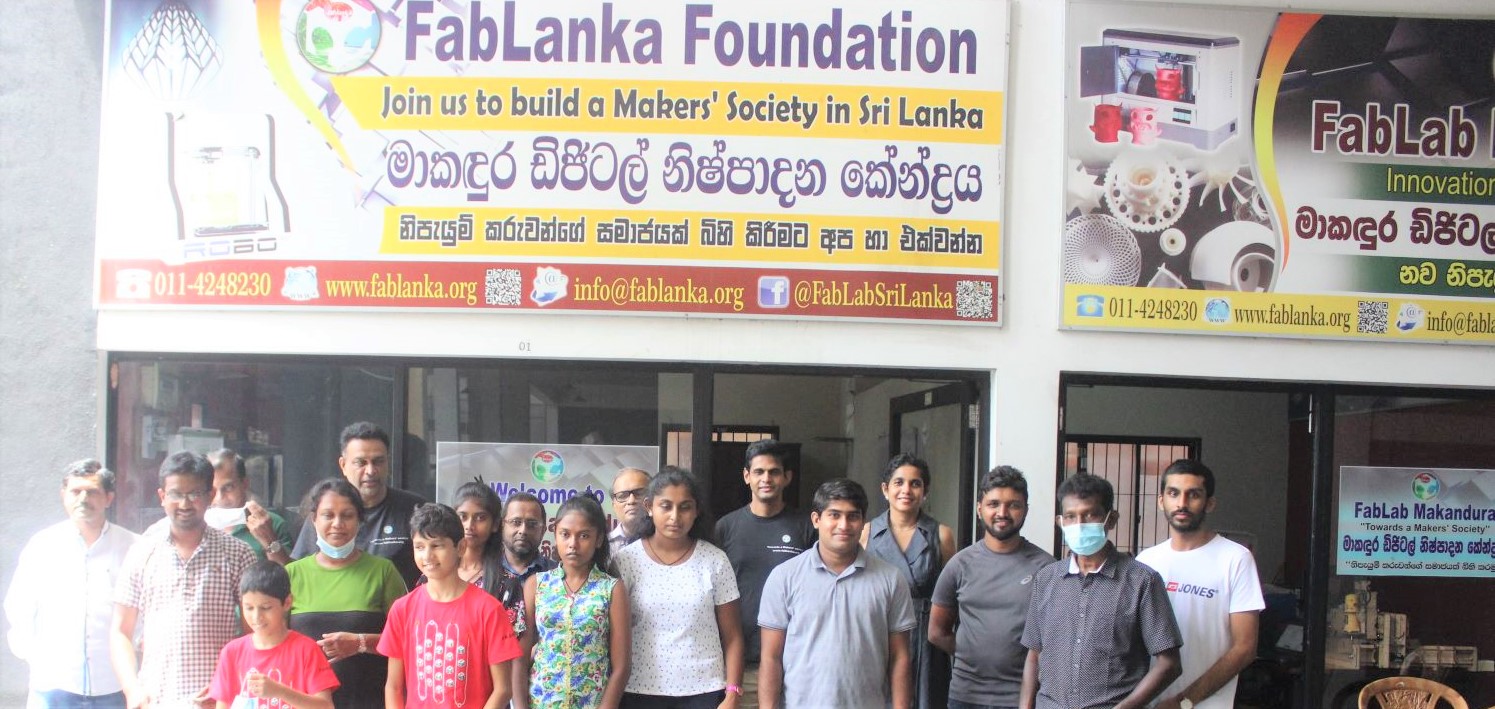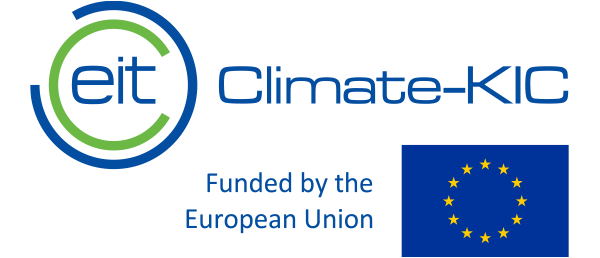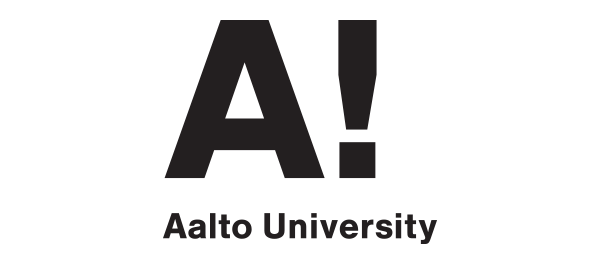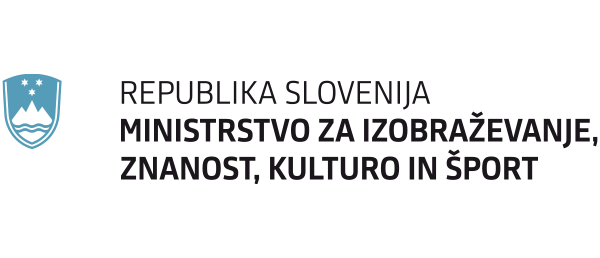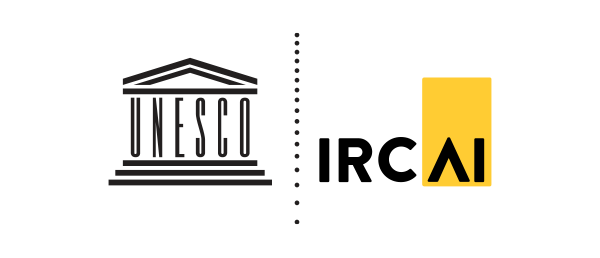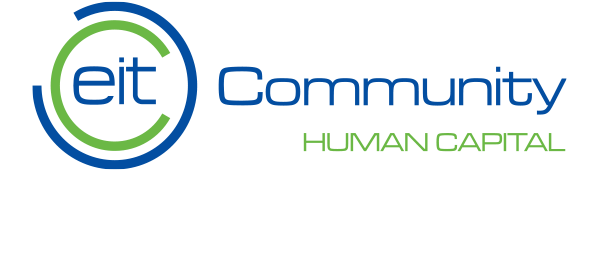
Choose an age group, teach 3D printing to them using the syllabus
Exploring the fundamentals required to begin 3D printing in school education and Exploring the fundamentals required to engage students. Identify issues and find solutions to them.
Team: BrainStorm
Team members
3 membersMembers roles and background
A.P. Samitha Sandeepa Perera (team leader)
H.A. Sajani Nadeesha
G.S. Piumi Nimanthika
Contact details
Solution description
First, we had to find the best group of students in the school to teach 3D printing to. We decided to choose students in grades 9 through 11. I'll go into more detail about this later. The following thought was to set aside the time required to teach 3D printing as a subject to schoolchildren. We decided that because 3D printing has revolutionized the world, it would be critical for everyone to be aware of this in the future. As a result, it was decided to make this a required subject for grade 9 students. We decided to teach once a week for one period. These methods are appropriate for teaching 3D printing. there are some Using real-world challenges and problems to engage students, Using a combination of theory and practice, quiz and practical questions to test their knowledge, After one year, we will be given a certificate. Add 3D printing to the O/L ICT subject. It was decided to train the school's ICT teachers to teach 3D printing and to provide each school with one 3D printer. It was decided to teach 3D printing in the ICT lab and the school library.
Solution context
To pique the interest of schoolchildren, it was decided to issue a certificate at the end of the year. The decision to teach 3D printing as part of the O / L ICT subject is also expected to increase student interest. Before allocating time for teaching, the schedule should be changed. the existing double period should be changed to a single period and obtained for this purpose. It was difficult to manage. To obtain 3D printing, government assistance is required. Schools that do not have a 3D printer will need to bring it from a nearby 3D printer for practical use. In addition, students who do not have access to electricity must attend a different school.
Solution target group
being the least exam-stressed students at school Increased willingness to try out new technology. In addition, models created with 3D printing will be used to teach students in grades 6 through 9. As illustrations,
Mathematical shapes: 3D printing makes it much easier for students to print mathematical shapes such as prisms, cylinders, cuboids, and so on.
Architectural designs: Students can use 3D printing to bring complex architectural designs to life. This allows historical structures to be printed and studied as 3D models.
Geographical terrains: Geography students could easily design and print 3D terrains for use in lectures.
Complex areas of study, such as DNA structure, can also be modeled for students to have a visual display for better understanding.
Creative thinking: 3D printing is a way of encouraging creative thinking among students as everyone is able to creatively bring to live objects or products that are almost unimaginable.
If the printed design is used, Students are enthralled by 3D printing. It can be used to study 3D printing in the long term.
Solution impact
The subject of 3D printing, which was not available in Sri Lankan education, was made available to all students. Making new job opportunities available. New inventions and discoveries.
Solution tweet text
Educating Sri Lankan school students on 3D printing to bring them into Industry 4.0.Solution innovativeness
We intend to teach it to all of our students. A certificate will be issued at the end of the year. Using 3D printing models to teach other subjects and focusing on 3D printing for everyone Instructional methods are introduced.
Solution transferability
Using 3D printing models to teach other subjects and focusing on 3D printing for everyone Instructional methods are introduced.
Because the 3D printer is small and portable, it can be moved from one location to another with the assistance of a vehicle. This allows 3D printing to be practiced anywhere.
Solution sustainability
Using 3D printing models to teach other subjects and focusing on 3D printing for everyone Instructional methods are introduced. so it can be use to long term solution for teach to 3d printing and to get more attention for that.
Because the 3D printer is small and portable, it can be moved from one location to another with the assistance of a vehicle. This allows 3D printing to be practiced anywhere. so In Sri Lanka, it is possible to teach in many difficult schools and schools without electricity.
Solution team work
Everyone on the team explored all of the facts with great interest.
Why should teach 3D printing for school student?
For what age group is it better to teach 3d printing?
How teach 3D printing technology to the student of schools in Sri Lanka?
Who has access to the 3D printers?
Strengths of teaching 3D printing
constraints that you have to carry out this program?
These are the facts to which we paid special attention.
Links
* Climate-KIC publishes the proposed solutions developed during the DigiEduHack event solely for the purposes of facilitating public access to the information concerning ideas and shall not be liable regarding any intellectual property or other rights that might be claimed to pertain to the implementation or use any of the proposed solutions shared on its website neither does it represent that it has made any effort to identify any such rights. Climate-KIC cannot guarantee that the text of the proposed solution is an exact reproduction of the proposed solution. This database is general in character and where you want to use and develop a proposed solution further, this is permitted provided that you acknowledge the source and the team which worked on the solution by using the team’s name indicated on the website.

